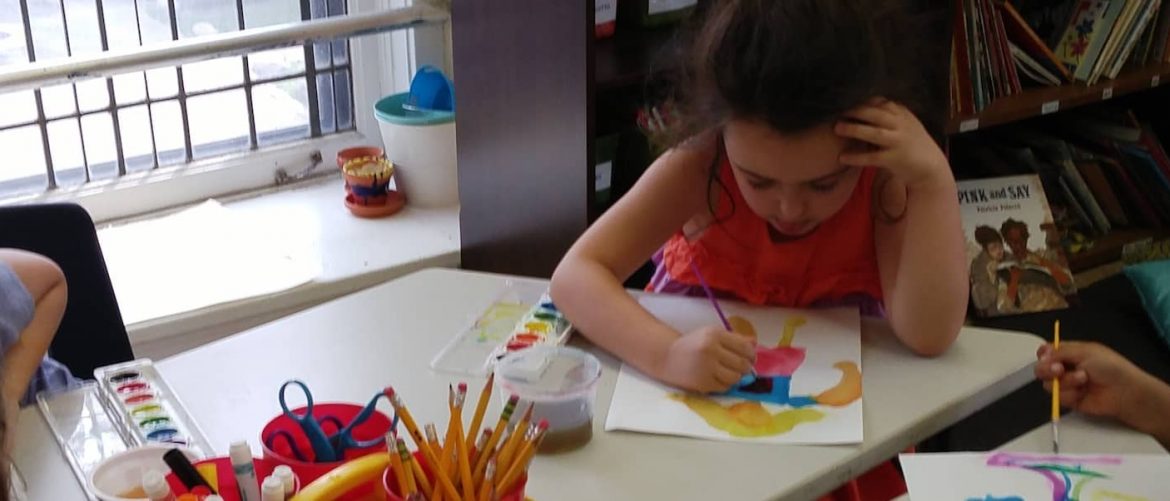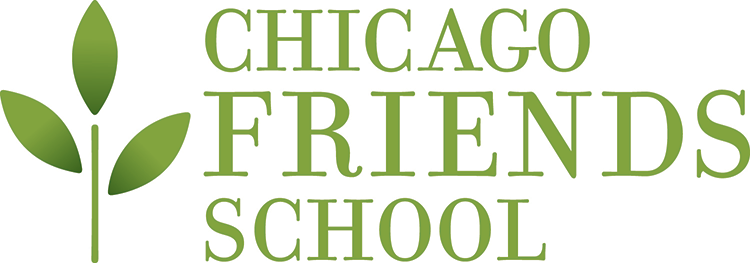Our social-emotional curriculum, Second Step, teaches students about a series of steps (using the acronym S.T.E.P.) for solving problems (whether they be interpersonal, personal, or group problems). I have found that, after explicitly teaching about each of the steps, using these steps with the class has been helpful in solving problems together. With enough practice…



